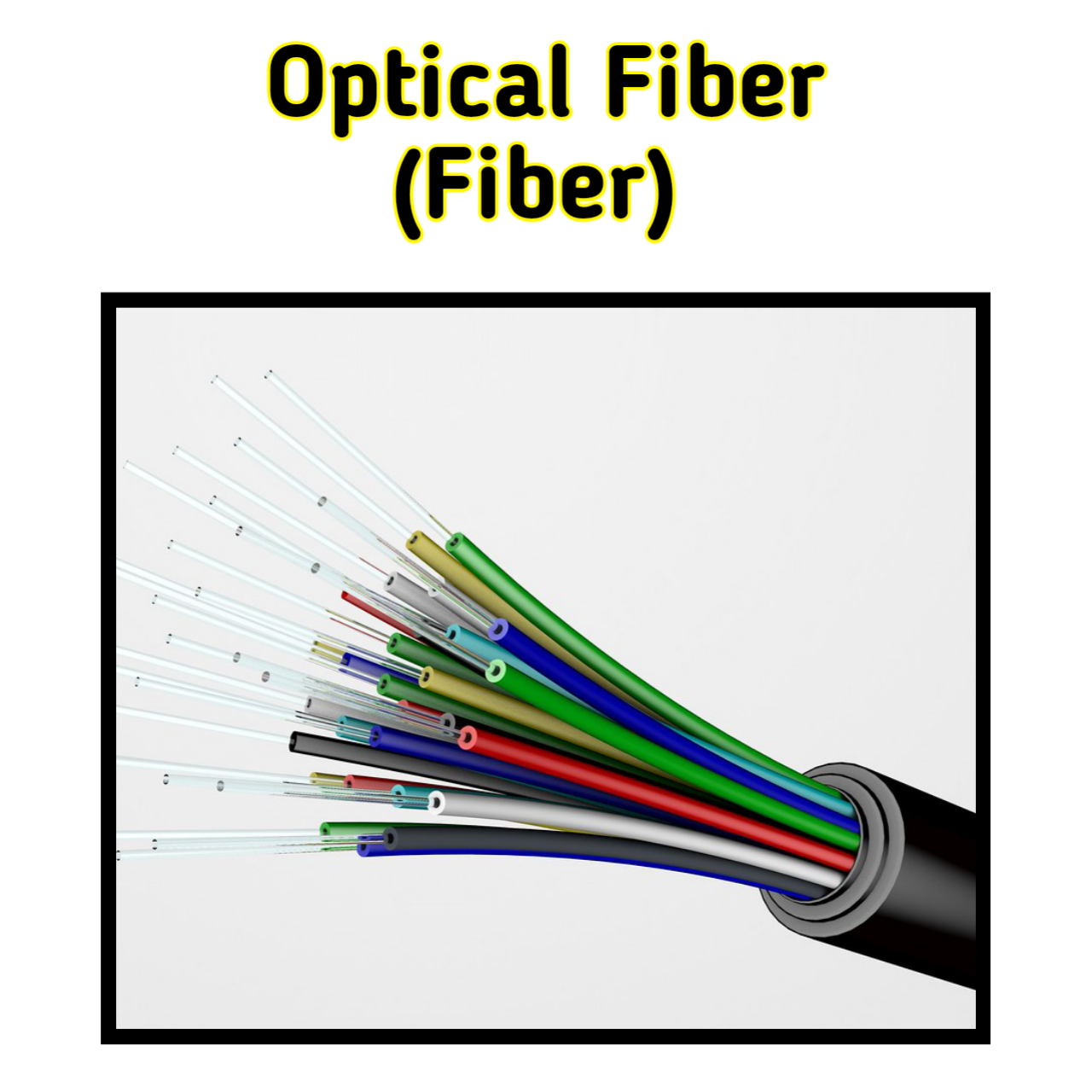

The so-called wired networks establish a connection between various devices through cables and routers. The wires may be shielded or unshielded depending on the design types and needs. There are two typical types of copper wire cables used for communication, twisted pair and coaxial cables. Jun Yue, in Microgrid Protection and Control, 2021 10.3.1 Copper cable They tend to be used for the final link to the equipment rather than for the complete LAN.ĭehua Zheng. These cables provide good shielding but there are many slightly different designs with a range of specifications and applications. Remember that ScTP and STP cables have different characteristics and are not interchangeable without careful thought. Breaking the shield or improper grounding will cause problems and it is significantly heavier and bulkier to install. However, the disadvantages are much the same as ScTP cable. As we would expect, this gives us much better crosstalk and EMI protection. This cable, as you remember, has shielding around each pair as well as the overall shield as used in ScTP cable. The shield also makes the cable heavier and thicker and makes installation more difficult. We get fewer problems with electromagnetic fields but this advantage can be lost by any break in the shield or incorrect grounding. The length of the links between nodes is limited to about 100 m or 328 ft. Although the twisting of the pairs does help, it can't replace shielding and screening. What more could we possibly want? Well, there is the small problem of electromagnetic interference (EMI). The good news about unshielded twisted pair (UTP) cable is that it is relatively cheap to buy, does the job and the installation methods are well established although for best results we must adhere to the installation practices. In Chapter 7, we met all the cables that we use in LANs, so for now it will be enough to concentrate on the use rather than delve back into their construction and operation. John Crisp, in Introduction to Copper Cabling, 2002 Copper cables for LANs Other manufacturing methods to improve cable performance are: It should be noted however that users and suppliers alike often mix up this terminology. Each pair can also have its own screen of foil in which case the cable is often referred to as STP or PIMF. The cable can be screened with an overall screen of aluminium foil or copper braid or even both placed around the pairs and under the sheath (jacket), when it is often referred to as FTP or S-FTP or ScTP. Unscreened cable is usually referred to as UTP. Cables used for voice telephony frequently go up to very high pair counts, such as 4000 pairs, but often with smaller conductors.Īs we have already mentioned, twisted pair cables can be screened (shielded) or unscreened (unshielded). Structured cabling generally uses four but sometimes twenty-five pairs of 24 AWG are used for backbone or zone distribution systems. There can be any number of pairs within a cable. Twisted pair is the dominant cable type in structured cabling and Local Area Networks. Improved transmission speed versus distance when using RS422 protocol with balanced cable. Other uses include long-distance lines in POTS and local area networks (LANs), discussed a little later in this chapter.įig.
#TWISTED PAIR CABLE IN HINDI TV#
Perhaps the most common use of coaxial cable is in connections from TV cable providers to your home. Coaxial cables can support signals in the 100 kHz to 400 MHz range (a much larger range of frequencies than the twisted-pair cable can support). In coaxial cables, the communication information is sent as a current along a wire. You end up with one, big fat set of twisted-pair cables sent to the end office (Class 5).Ĭoaxial cables are the second type of “wire” used to send communication signals. Specifically, in POTS, an insulated twisted-pair cable leaves from a home and is combined with many other twisted-pair cables from neighboring homes.

It forms most of the local loop connections. The most common use for twisted-pair cables is in POTS. Signals that are sent in the frequency range of 0 to 1 MHz can be supported. In twisted-pair cable, a signal is sent from one point to another as a current along a wire. These are twisted- pair cable and coaxial cable. There are two types of transmission lines (wires) over which communication signals are commonly sent. Carl Nassar, in Telecommunications Demystified, 2001 2.3.1 Transmission Lines (Wires)


 0 kommentar(er)
0 kommentar(er)
